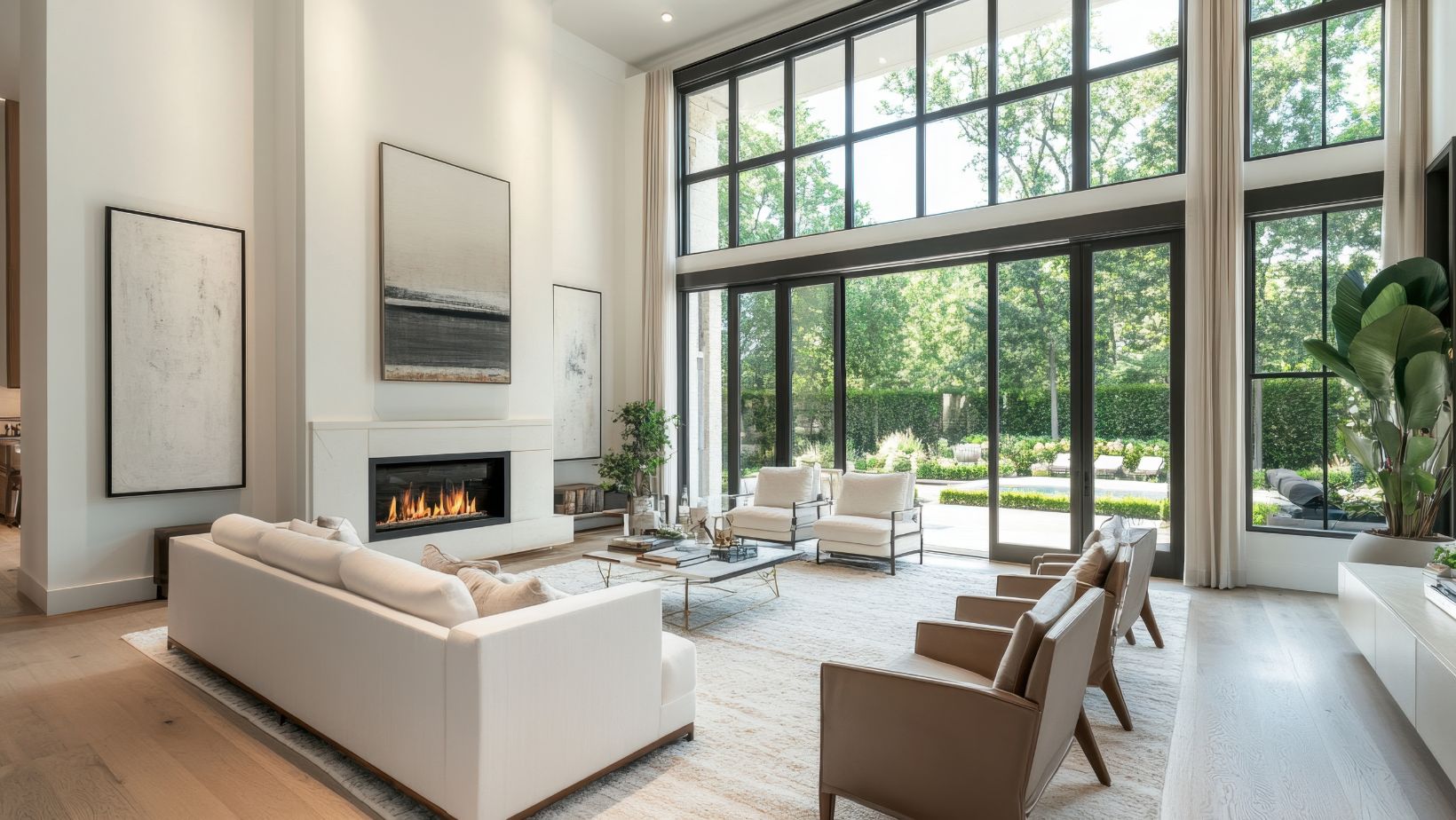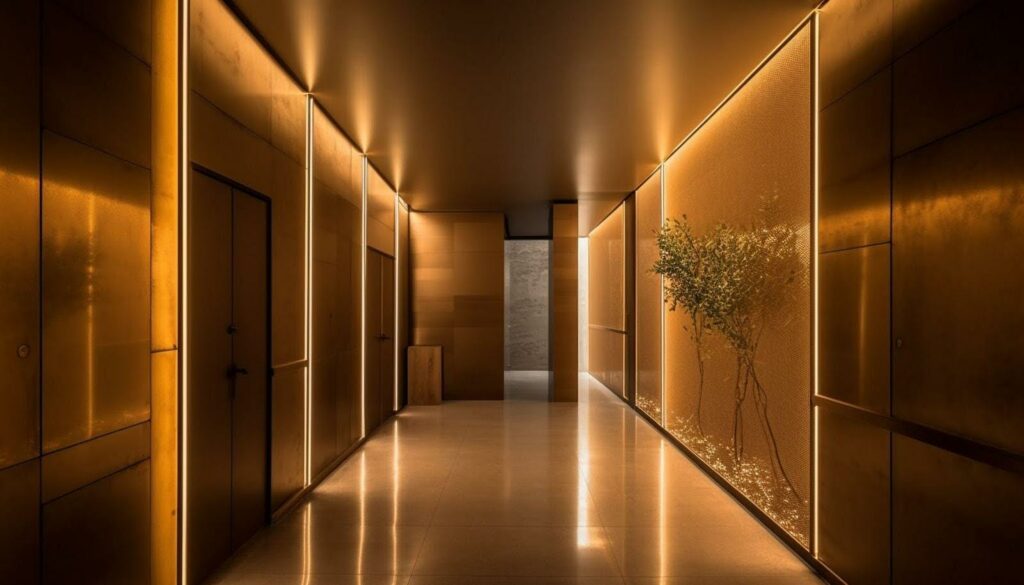Designing for hospitality isn’t about extravagance. It’s about making guests feel welcome, comfortable, and intuitively oriented within a space. Hospitality architects are trained to think about how people move through an environment, where their attention goes, and what they need at each point along the way. These principles aren’t limited to resorts or boutique hotels—they can inspire smarter, more organized homes as well. Working with a hospitality architect helps bring this mindset into a variety of spaces.
Understanding Spatial Flow
In hospitality architecture, one of the core principles is guest flow. This means designing a space that naturally leads someone from one point to another without confusion or obstruction. Whether it’s the path from a hotel lobby to an elevator or from a guestroom to an amenity area, each transition is intentional.
The same logic can improve residential layouts. Consider how people enter your home, where coats and shoes go, or how a kitchen flows into a dining space. Small shifts in layout—like aligning doorways, reducing visual clutter, and using furniture to guide movement—can dramatically change how a space feels and functions.
Storage That Serves a Purpose
Hospitality spaces rarely waste square footage. Storage is always purposeful and often built-in. From concealed cabinets in guest suites to hidden housekeeping closets in hallways, storage is designed to be accessible yet unobtrusive.
This thinking can be applied at home. Instead of crowding rooms with visible bins and baskets, consider how built-in shelving, under-seat compartments, and vertical wall space can be used more effectively. Creating zones—a kitchen command center, an entryway drop zone, a linen closet near bathrooms—adds both function and calm.
Material Choices That Balance Beauty and Durability
Hotels must look good and hold up to high use. That means hospitality architects select materials that balance visual appeal with long-term durability. Finishes must be easy to clean, withstand wear, and feel good to the touch.
At home, using similar materials can lead to better performance and lower maintenance. Think about quartz countertops, low-sheen wall paints, durable flooring like engineered wood or sealed concrete. These materials keep a space feeling fresh while standing up to everyday life.
Lighting to Guide and Comfort
Lighting is another area where hospitality design shines. Hotels use layers of lighting—ambient, task, and accent—to create mood and function. Entryways are well-lit to welcome, hallways are softly illuminated to guide, and reading nooks have focused lighting for comfort.
In the home, layering light has similar benefits. A mix of ceiling fixtures, wall sconces, floor lamps, and task lights allows each room to adapt to different times of day and uses. Well-placed lighting also reduces visual chaos and makes storage areas easier to navigate.
Guest Mindset at Home
One of the simplest ways to apply hospitality principles at home is to think like a guest. Walk through your space with fresh eyes. Are the essentials easy to find? Is the space intuitive? Do transitions feel smooth?

Hospitality architects often use this guest-first lens to refine designs. At home, that might mean placing towels where guests can find them, clearing pathways, or making storage solutions easy to access without instructions. These small adjustments create an environment that feels cared for and welcoming.
Designing for Multiple Users
In hotels, spaces are designed for a wide variety of people. That means flexibility is built into furniture, layout, and storage. Items are easy to use, reach, and adapt. Drawers open smoothly. Closets have varied hang heights. Furniture is arranged to serve different needs.
At home, this is especially helpful for households with kids, elders, or guests. Thoughtful storage and layout reduce friction in shared spaces. A mudroom with labeled cubbies, a pantry with clear zones, or a bathroom with universal design elements can make life easier for everyone.
Final Thoughts
The next time you enter a hotel and feel instantly at ease, take note. The flow, the lighting, the storage—it’s all been carefully designed to serve people. Bringing this same care into your home design can elevate daily life. Working with a hospitality architect offers insights that go beyond aesthetics. It’s about creating spaces that function beautifully and feel effortlessly organized, day after day.

